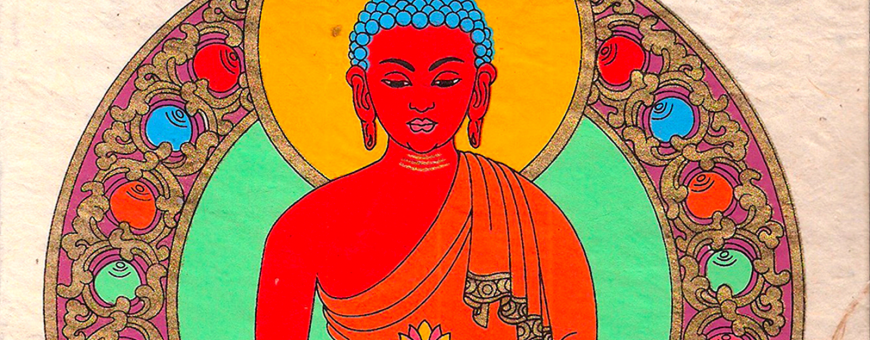Sorry for the inconvenience.
Search again what you are looking for
Leave your message
| Charity | Donated Amount |
|---|---|
| ROKPA ITALY (onlus) | $1,854.54 |
| CENTRE CULTUREL TIBETAIN (asbl) | $3,453.60 |
| KAGYU SAMYE DZONG NIDRUM (asbl) | $796.31 |
| AMITABHA FRANCE (assoc) | $2,842.11 |
| LES JARDINS DE MEDITATION (asbl) | $2,214.73 |
| LES AMIS DE PADMA (Assoc) | $514.64 |
| PALYUL JAMYANG SHERIG PHUNTSOK NORLING Buddhist Center (asbl) | $568.23 |
I want to help a Dharma/Charity organisation via a donation of:
My Dharma/Charity organisation is not on the list? Click here.
Customers reviews

Amitābha is a Buddha of Mahayana and Vajrayana Buddhism.
He reigns over the "Pure Western Land of Bliss" (Dewatchen:Tibetan), a wonderful world, pure, perfect, devoid of evil and suffering. This pure land, a place of refuge outside the cycle of transmigrations - or the equivalent of nirvāņa according to certain conceptions - is at the centre of the beliefs and practices of the Pure Land schools.
Amitabha Buddha is often represented in the aspect of the Emanation Body.
He makes the mudra of meditation, the Dhyana Mudra, and holds a bowl of alms filled with the nectar of wisdom, symbolising his goodness to give vast and profound instructions to beings. The alms bowl represents wisdom and non-attachment. It refers to the fact that the monks go every morning to beg for their food from the laity in exchange for prayers, the bowl is also one of the few traditional objects they possess together with the monastic vestments.
It is covered with the three pieces of religious clothing: a shirt and trousers as underwear, and a cloth (Zen) as clothing, which correspond respectively to the 3 trainings: discipline, meditative concentration and transcendental knowledge.
It bears the major marks and minor signs of a fully awakened manifestation of Nirmanakaya. The perfection of the Buddha's state is expressed in the characteristics of his body, to which 32 major marks and 80 minor signs are traditionally attributed.
His mantra is OM AMI DEWA HRI.
Search again what you are looking for
